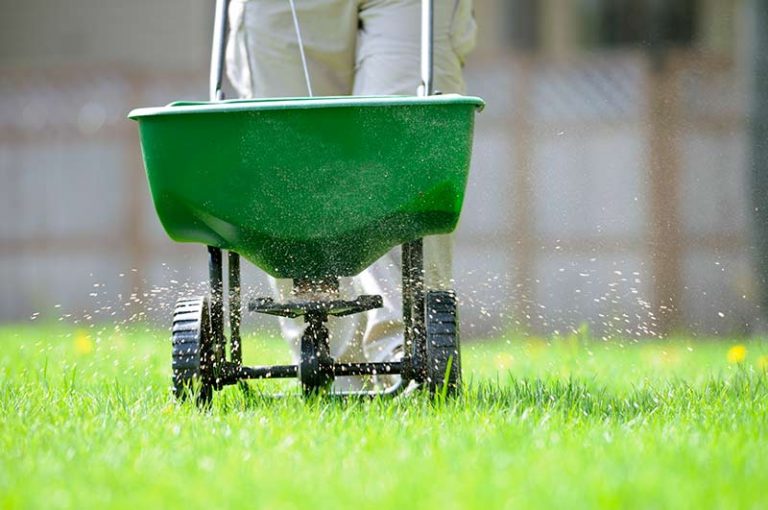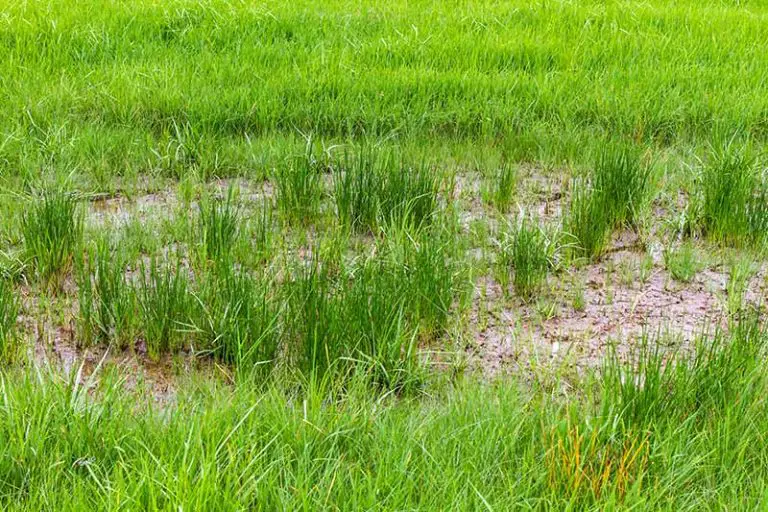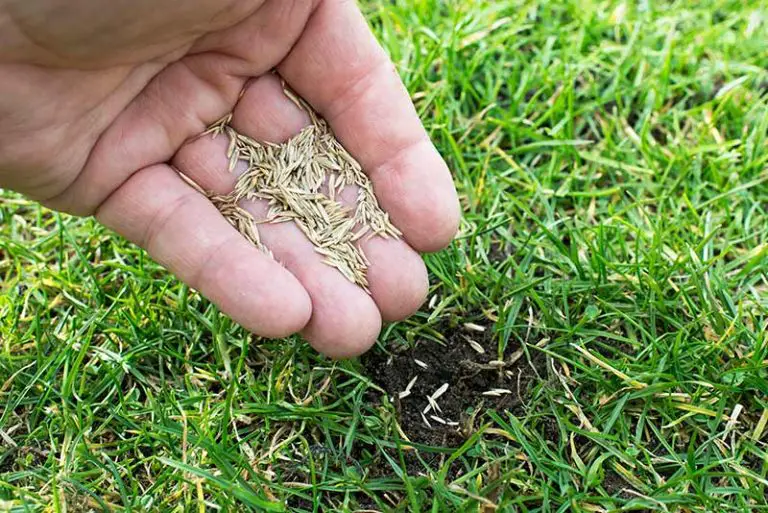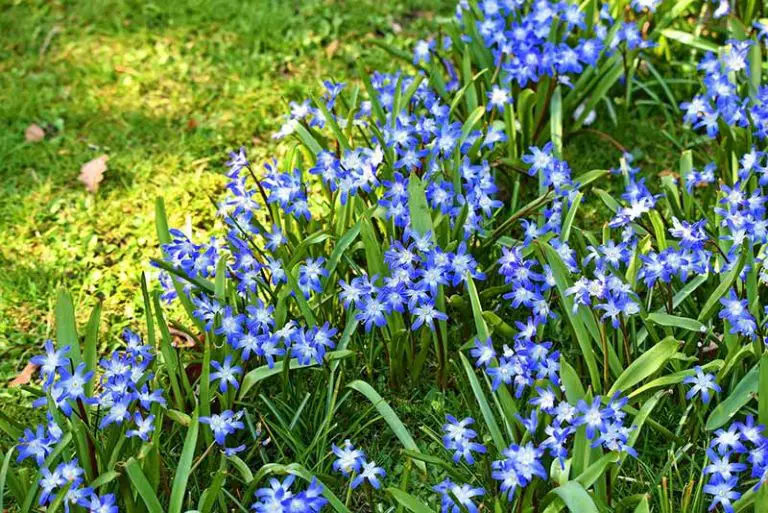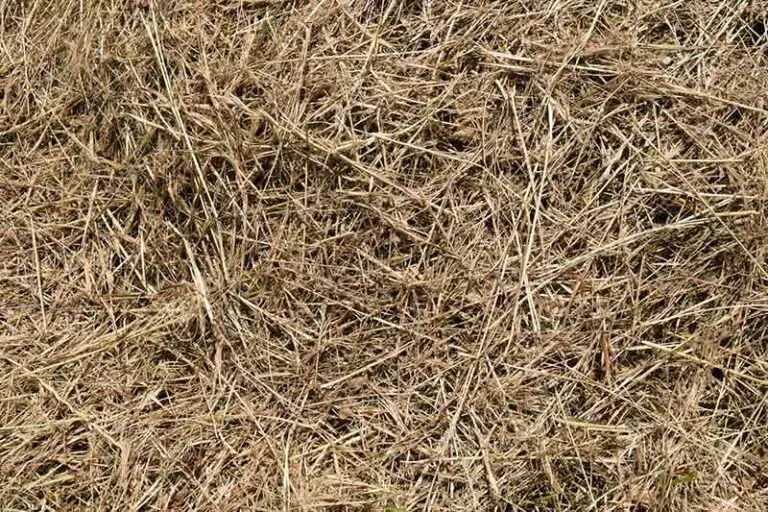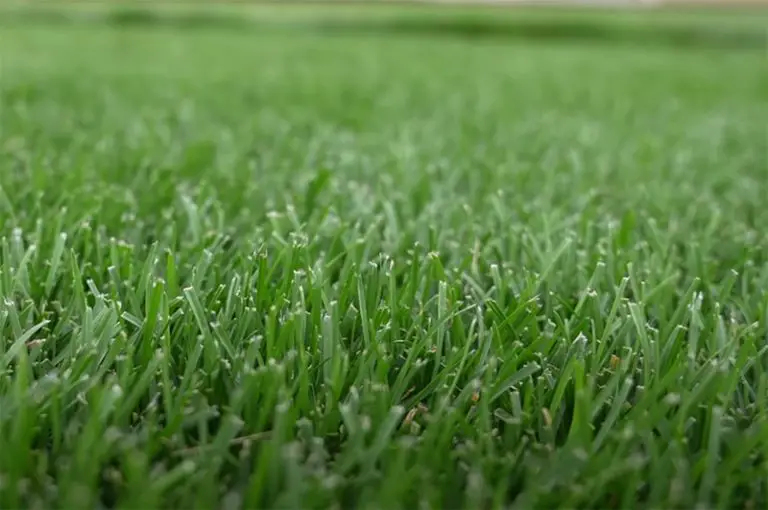Beat the Heat: Tips for a Lush Summer Lawn
In the summer months, it’s typical for most lawns to suffer from one or several issues that cause the healthy green grass to turn yellow or brown. Whether it’s a lack of water or a full-blown pest infestation, it’s likely that your grass will struggle to stay green throughout the entire summer.
You can carry out a range of activities that will help to keep your lawn green in the summer heat. These activities include the proper watering, mowing, fertilization, and aeration of your lawn, in addition to controlling weeds and pests, and limiting the amount of foot traffic your lawn receives in hot weather.
What Causes Your Lawn to Fade in Summer?
There are several conditions that can cause your lawn to fade particularly over summer. These include improper watering and mowing, excess traffic on the lawn, and pest or fungal infestations.
Watering Improperly
Both overwatering and underwatering in summer can impact the color of your lawn. If you water too lightly per session or break up your watering into too many sessions, this won’t be sufficient to fully saturate the grass’ roots. Also, watering at the wrong time of day can reduce the effectiveness of your summer watering efforts; watering in the middle of the day will cause much of the water to be lost to evaporation. Watering improperly in these ways will result in a weaker lawn with shorter roots, causing the color of the grass to fade.
Mowing Improperly
Mowing improperly over summer will also affect the color of your lawn. If you mow the lawn too short or take off too much of the grass’ height in one session, this leaves the grass more vulnerable to becoming scorched in the summer heat. It also encourages the grass to grow shorter roots, further weakening it against the effects of heat and drought. For these reasons, it’s important not to leave too much time between your mowing sessions over the summer.
Pests or Disease
Due to the warmer temperatures, the risk of pest infestations and the development of fungal lawn disease is higher over the summer. These issues can cause your lawn to turn yellow or brown regardless of how much you water or fertilize it.
Excess Traffic
Your lawn is also more susceptible to damage from traffic over the summer. This includes any foot traffic from people or pets, as well as traffic from cars or lawn equipment. All of these activities can strain the turf, causing parts of the lawn to lose their healthy green color.
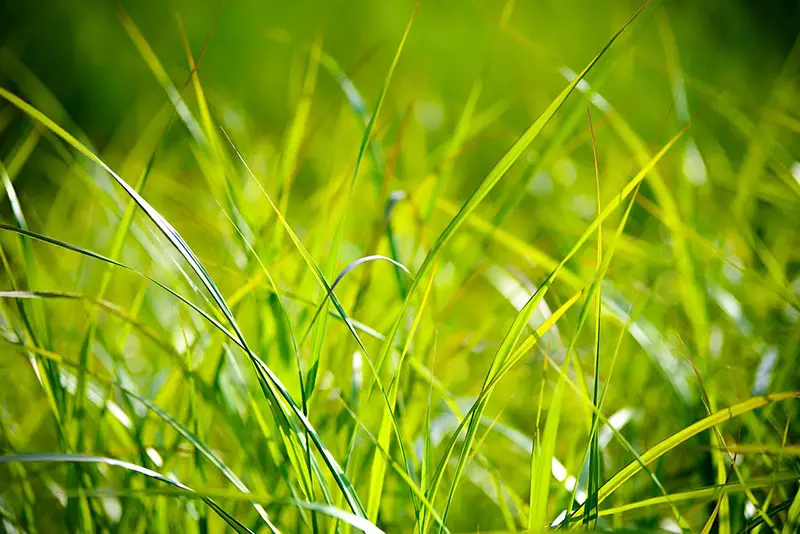
How to Keep Lawn Green in Summer Heat
Follow these tips to keep your lawn green in the summer heat.
1. Seed With Best Grass Type
As you may already be aware, there are different species of grass that are better suited for certain areas and climates. Grass types fall into one of two categories; either being cool-season grasses or warm-season grasses.
As the names suggest, cool-season grasses are best suited for cooler climates, while warm-season grasses are better for warmer climates. Cool-season grasses are better for northern regions in the US as they grow most vigorously in the cooler temperatures of spring and fall. Warm-season grasses, on the other hand, are better for southern regions in the US as they grow most actively in warmer summer temperatures.
You should identify the grass on your lawn and ensure it’s the best grass type for your climate. If overseeding or reseeding, again, ensure that you’re seeding with the correct grass type compatible with your current turf and climate. Having the incorrect type of grass will make it a lot harder to keep your lawn green throughout the year.
2. Water Lawn Deeply and Infrequently in Summer
Watering properly is arguably the most important aspect of summer lawn care to keep your lawn green in the heat.
Water at the Right Time: The best time to water your lawn in the summer is in the early morning between 6am and 10am. If you water in the middle of the day, the sun will be too high in the sky; this will cause much of the water you add to evaporate before the grass has a chance to absorb it. With that said, watering before the sun comes out or late at night will also be ineffective; the grass needs some sunlight to photosynthesize and effectively use the water you add. Watering at night may encourage the development of fungal lawn disease, and this risk is even greater over the summer when nighttime temperatures are warmer.
Water Deeply and Infrequently: You need to water properly not just over summer, but throughout the entire year to keep your lawn green. For mature lawns, deeper watering in less frequent sessions is necessary to promote proper root development. Adding too little water in too frequent sessions encourages the grass plants to grow shorter roots, which in turn, results in a weaker lawn. For regular watering, you should add 1 to 1.5 inches of water per week in one or two sessions. When watering over summer, it may be necessary to add more water over extended periods of drought. Remember to take any rainfall into account when calculating how much water to add to your lawn.
Monitor Where Water Goes: To reduce water wastage, keep an eye on where the water goes while irrigating. If you notice water running off onto nearby pathways, or if the water is puddling in areas of the lawn, you may need to move your sprinklers to a different location. This can also be an indication that you need to level your lawn.
Don’t Irrigate with Hot Water: When you leave your hose lying in the sun, any water inside the hose will heat up; the water can become so hot that it may scorch the grass if you then use it on your lawn. Remember to empty your hose after each irrigation session to prevent damaging your lawn in this way.
3. Mow Lawn Taller in Summer
To keep your lawn green in the summer, you should mow your grass as tall as possible. It’s also important to mow frequently to maintain your lawn at this height over the summer months.
Letting your grass grow longer will encourage the grass plants to grow longer roots; with longer roots, the grass plants are better able to access water in the soil. The longer blades also ensure the grass plants don’t dry out and provide more shade to the soil surface; this reduces the amount of water lost to evaporation, in addition to protecting the grass’ roots from the sun. All of these features are particularly beneficial when trying to keep the lawn green in the summer heat.
All grass types have their own recommended mowing heights; when mowing in the summer, cut the grass to the tallest height in the recommended range for its species. You should also follow the ⅓ rule when mowing, i.e. you should never take off more than ⅓ of the grass blades’ total height each time you mow. Removing more than ⅓ of the blade in one go can cause the grass to become scorched under the intense summer sun. For this reason, it’s important to mow frequently to avoid letting your grass grow too long between mows.
4. Fertilize Grass Over Summer
Your summer lawn fertilization activities will depend on the type of grass that you have. Cool-season grasses will not benefit from summer fertilization, while warm-season grasses will.
Fertilizing Cool-Season Grass in Summer
If you have cool-season grass, you should avoid fertilizing over the summer. The best times to fertilize cool-season grasses are in the spring and fall; these are the periods of most active growth for these grasses, while growth slows down over summer.
Fertilizing Warm-Season Grass in Summer
However, if you have warm-season grass, your lawn will benefit greatly from summer fertilization. These grasses grow vigorously over the summer, therefore an application of fertilizer will help to maintain their healthy development.
Use a product with an appropriate summer lawn fertilization ratio, and ideally a fertilizer described as slow-release. Take care not to apply too much fertilizer, however; too much nitrogen in the soil can trigger fertilizer burn, which will cause the grass to turn yellow and die off. Follow the application instructions carefully for your chosen product to avoid overapplication.
5. Summer Weed Control in Lawns
Weed control is particularly important in the summer. Like many grasses and plants, weeds grow more voraciously over the warmer months. These summer weeds will steal precious water and nutrients from your grass, with severe infestations choking out your healthy growth.
The best way to control summer weed growth in lawns is to eliminate the weeds before they have the chance to mature and become fully established. You start this process by treating the lawn with a preemergent herbicide when temperatures reach 55°F; this type of herbicide will kill any weed seeds in the lawn before they begin germination.
Over the summer, monitor your lawn for weed growth and remove any weeds as soon as you spot them. It’s best to avoid chemical treatments where possible; instead of opting for a chemical treatment, try hand pulling or using a natural weed killer to control summer weed growth. You can use a chemical herbicide if absolutely necessary, just take care with its application to avoid further damage to your grass.
6. Aerating Lawn in Summer
Aeration is another lawn care activity that will help to keep your lawn green over the summer.
Throughout the year, your soil becomes compacted from external conditions such as the weather conditions and the foot traffic the lawn receives. Compacted soil prevents your grass from growing deep roots; it also limits the movement of water, air, and nutrients in the turf. This is particularly an issue over summer as the dry conditions cause the soil to be overly hard.
Lawn aeration is the process of breaking up compacted soil in your lawn. The aeration process creates new pathways for grass roots and the circulation of the essential elements the grass plants need. Aeration will help your lawn to better absorb water, reducing issues with runoff and puddles of standing water.
As an easy and simple solution to aerate your lawn, you can aerate with a pitchfork; do so by pressing the pitchfork into the turf in intervals of about one foot. The more effective method of aeration is to use a core aerator; this is a machine that pulls plugs of soil to leave behind lots of holes for water and nutrients to better penetrate the turf. Make sure to aerate your lawn during your grass type’s period of most active growth to give it the best chance of a quick recovery.
7. Reducing Traffic in Summer
Grass is particularly susceptible to stress from traffic in the summer. Excessive traffic from people, pets, vehicles, or equipment can all cause parts of the lawn to turn yellow, brown, or die off completely.
Where possible, try to limit the amount of traffic on the grass to keep your lawn green over summer. You can take some measures to protect your lawn from cars and keep dogs off your lawn.
8. Treat Pest Infestations
Over the warmer months, many types of insects will start to appear in your yard. While a lot of these insects are harmless, some pests can be highly destructive and damage your turf.
For example, Japanese beetles, June bugs, and European chafers are all types of insects that damage turf. They feed on the grass and its roots, causing parts of your lawn to turn yellow and die off. If you don’t treat these pests, they will lay eggs in your turf; these eggs turn into hungry grubs which will also feed on your grass voraciously.
Keep an eye out for evidence of pest activity and treat any infestations with an appropriate pesticide as soon as you spot them. The best way to prevent pest infestations is to treat the lawn with a preventative control product for grubs.

